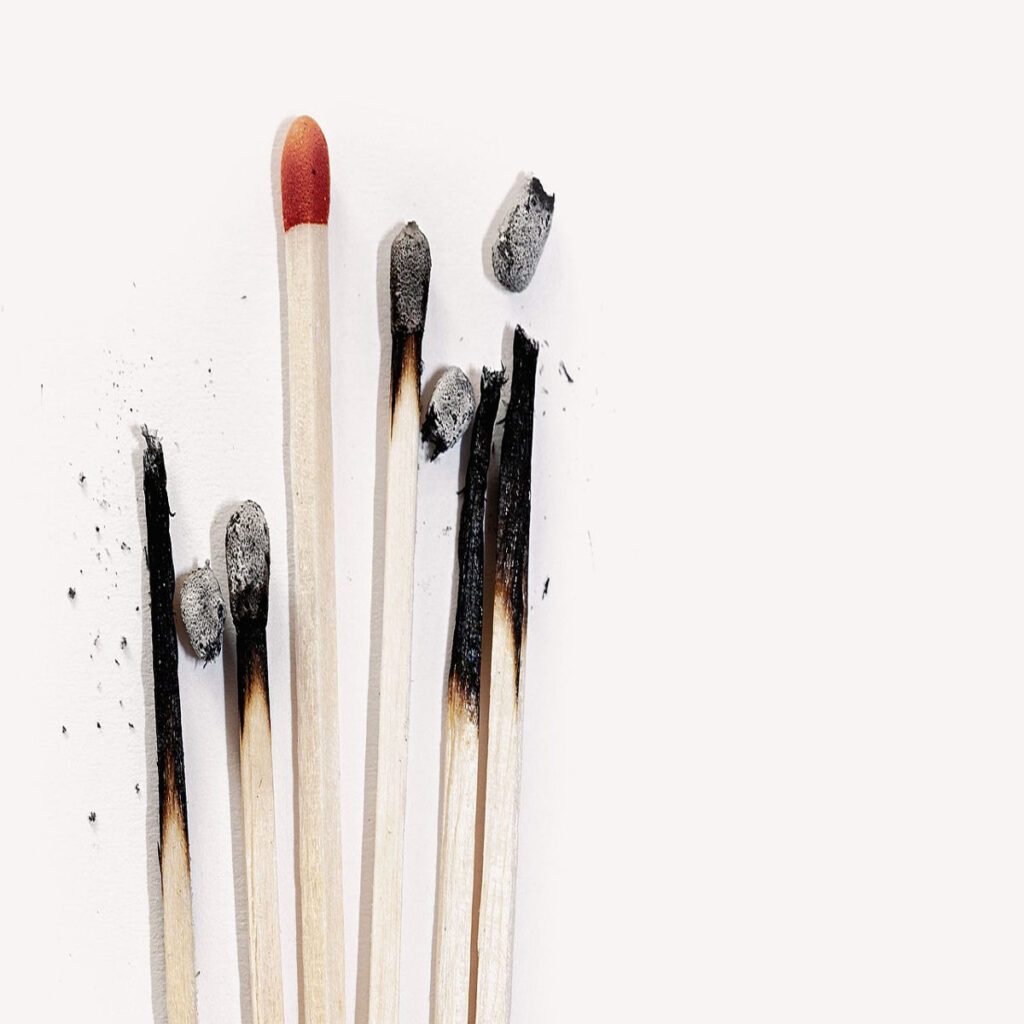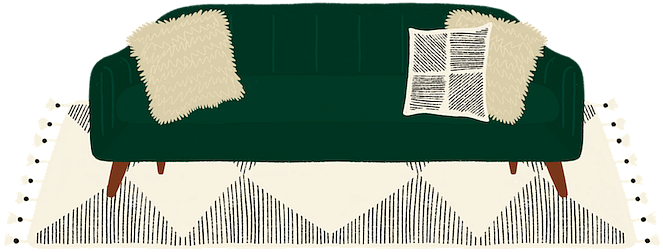
If we can agree on anything these days I think it’s that most if not all of us are facing a degree of burnout. We’re in the midst of consuming information on horrific realities in our world on a daily basis, including (and unfortunately not limited to) the recent deaths of black and brown people, the ongoing police brutality against African Americans, and the COVID-19 pandemic. If we are experiencing a sense of exhaustion it’s understandable.
What is burnout?
Burnout is a state of emotional, physical, and mental exhaustion. Our bodies are meant to handle short bursts of stress, not long term, which has been shown to have negative effects on the body. Ideally, stopping along the way to fill up your cup is what we’re after. This allows us to be preventative with burnout, and maintain a healthy quality of life day to day.
Taking action to look after ourselves is not always easy or even obtainable at times. Our goal is not to be perfect about self-care. It is to learn your personal style of handling stress and your emotions, become mindful of signs you are burning out, and add in coping skills and resources to help.
What Causes Burnout?
Burnout is caused by chronic stress, not stressors. Stressors are external such as financial problems, to-do lists, and the state of the world we’re in today; and stress is the neurological and physiological shift that happens in your body when you encounter stressors. The impact of stress shows up as physical, mental/emotional, and behavioral symptoms. We have to address the stress itself if we want to effectively treat burnout.
There are so many ways to “refuel” or “fill up your cup.” I know I have seen these messages and said them myself. However, there’s another piece I’d like to add into the conversation. It may sound basic, yet in practice, it’s profound. I’m talking about developing the skill of understanding and naming your emotions.
Have you been feeling things deeply lately? Yeah, me too. You may be experiencing emotions in a more extreme way right now. Learning how to identify specific emotions you are feeling bumps up your resiliency to be accepting of where you’re at in the moment– as opposed to getting down on yourself. When we slow down we can validate ourselves, explore the situation deeper, and respond effectively.
How to Heal
Understanding how to regulate your emotions in the moment helps lower your vulnerability to burnout. This is not to say refueling in physical, social, and other psychological ways is not important. Knowing yourself on an emotional level builds up a trusting of yourself, which builds self-love. The very first step to emotion regulation? Learning how to identify and feel an emotion.
How do we feel an emotion?
1. Observe your emotion. Step back and just notice. I like to imagine my emotion move through me like a wave. Not blocking it, not holding on. Observe yourself without adding anything extra (creating a story about it, jumping into the past or future, acting on it). If you can name the emotion, do it. If you’re not sure, it’s ok to guess.
2. Check in with your body. Notice where you are feeling emotional sensations, and then experience them as fully as you can. Continue observing yourself as you ride that wave.
3. Remember that you are not your emotion. You don’t necessarily have to act from an emotional place, although at times it may be appropriate. It can help to remember times you have felt different.
4. Practice self-compassion. Respect and don’t judge your emotion. Be willing to accept your state of mind right now. Practice loving your emotion, and yourself.
Concluding Thoughts
Addressing burnout means we need to shift our focus from outside to inside. We want to increase awareness of stressful emotions and anxiety so that we can better manage and control them. By adapting day-to-day tools to center your mind, slow down, and bring awareness and self-care to your heart and body, you can reduce your vulnerability to burnout.





Leave a Reply